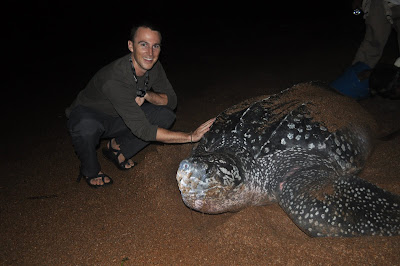Campaigners say the Brazilian government is failing to protect one of the world's most endangered tribes.- The Awa
The Awa tribe survive by hunting and gathering in remote areas of rainforest
The Awa people are believed to number just 450, but their territory has attracted thousands of loggers and settlers.
Last year a judge ordered all outsiders should leave the area within 12 months.
But the deadline has passed and no evictions have taken place, says indigenous rights group Survival International.
The Awa live in north eastern Brazil and survive as hunter-gatherers in remote areas of rainforest. Of their number around 100 have never had contact with outsiders.
However, the tribe's four protected territories have been whittled away over the years by settlers and loggers who are now said to outnumber the Awa by ten to one.
One territory of 120,000 hectares has had over 30% of the forest cover removed. Logging trucks are reported to enter and leave the area day and night.
From BBC
From BBC
One territory belonging to the tribe has lost a third its area to deforestation
About a year ago, Colin Firth, the British actor, launchd a campaign to save this tribe. It seems it was useless as we continue to have information of illegal loggers devastating large areas of forest whe re these People lives. It's time again th remind the Brazilian government that these people are real people and that they deserve living in their territory. They deseve care and concerning so that they can go on with their lives.
About a year ago, Colin Firth, the British actor, launchd a campaign to save this tribe. It seems it was useless as we continue to have information of illegal loggers devastating large areas of forest whe re these People lives. It's time again th remind the Brazilian government that these people are real people and that they deserve living in their territory. They deseve care and concerning so that they can go on with their lives.
